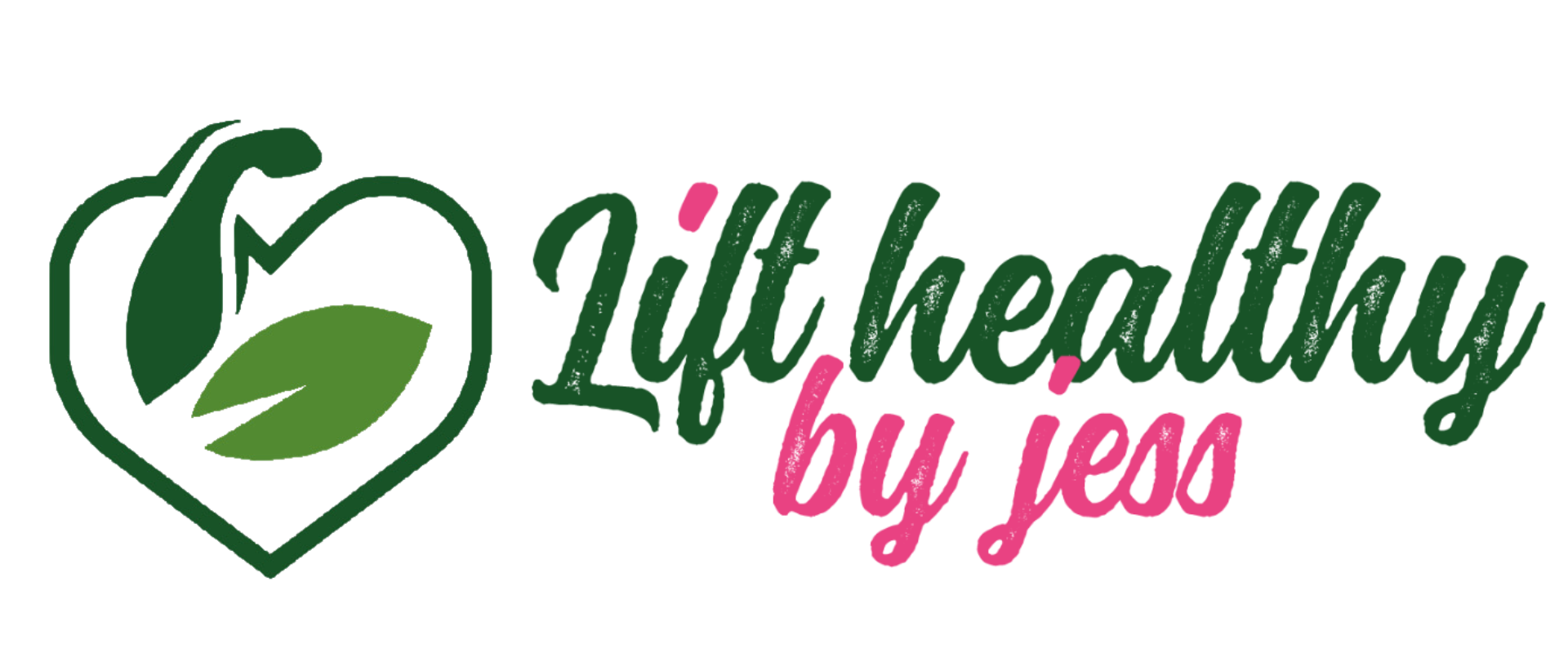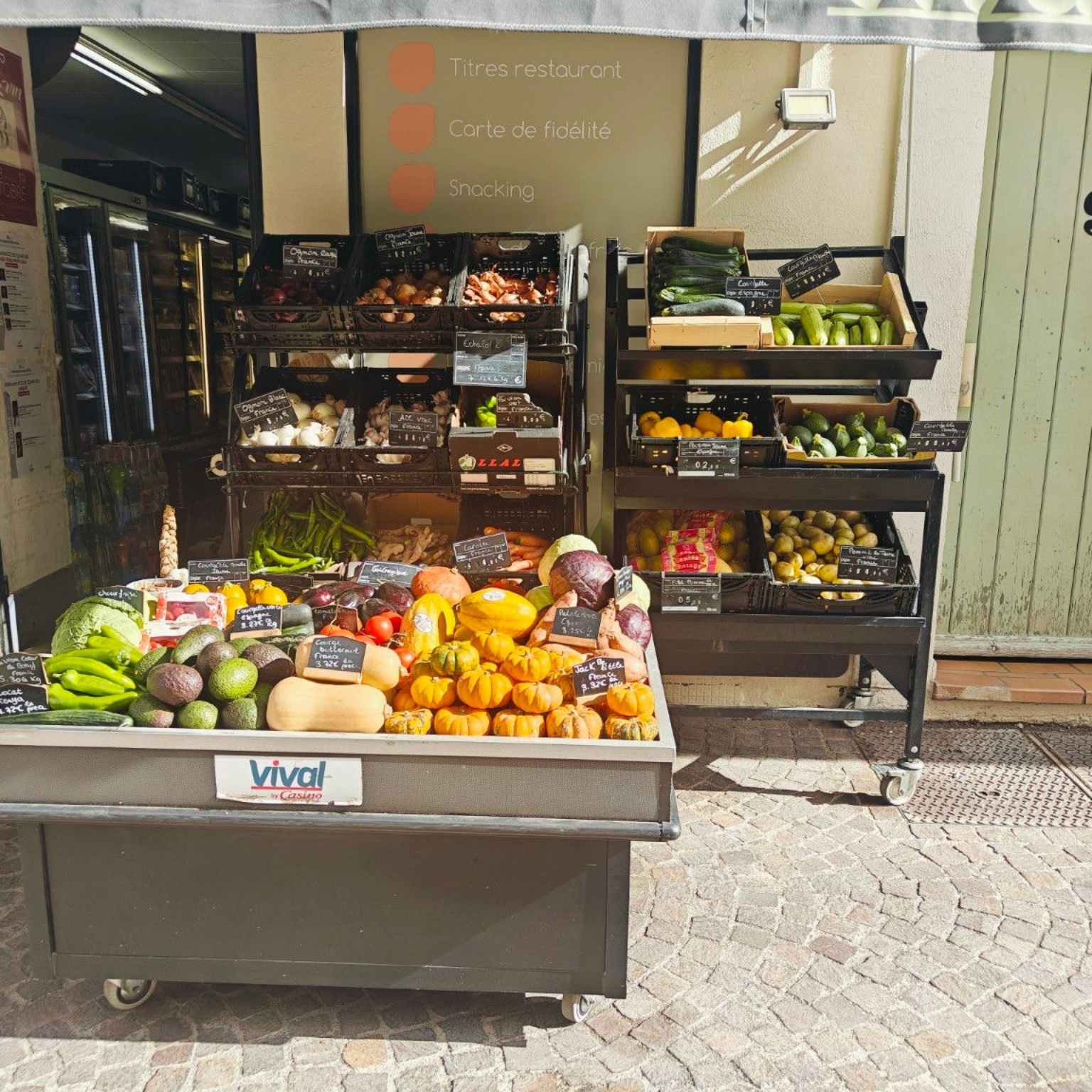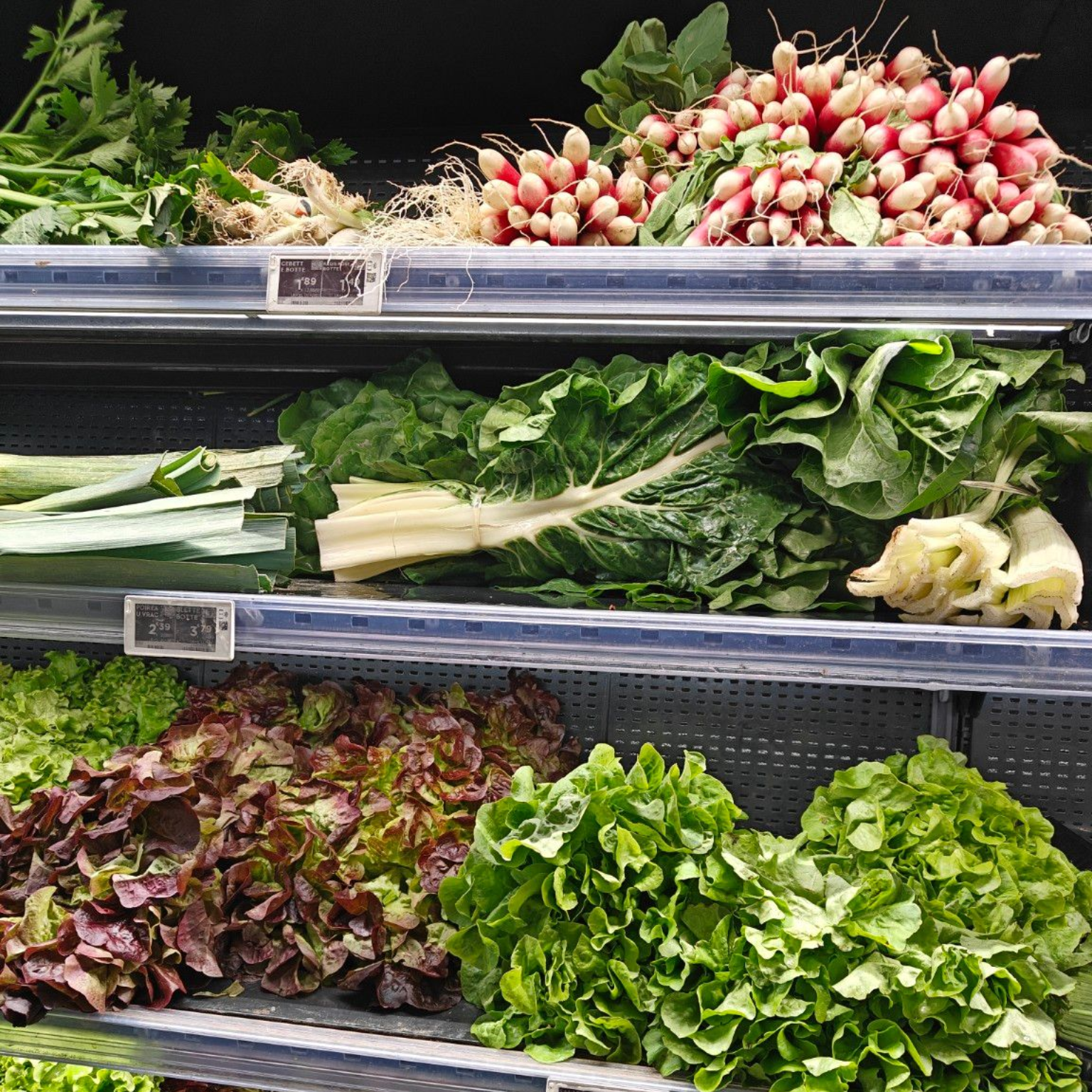On my recent trip across Europe, I found myself wandering through open-air vegetable stalls, peeking into local grocery shops, and comparing how fresh produce and prepared foods are displayed abroad compared with the U.S. Aside from the postcard-views and cultural immersion, what struck me most as a nutrition coach was how different the food culture is with a heavier emphasis on local, seasonal, minimally processed foods. In this post, I’ll share what those simple European moments taught me about fresh eating, and how you can bring those lessons back home to build healthier habits.
Why fresh, local, minimally-processed foods matter
Across research on the Mediterranean and other European-style dietary patterns, one of the consistent findings is that diets richer in whole fruits, vegetables, legumes, and lean protein and lower in ultra-processed foods are tied to stronger health outcomes. For example, the
“Mediterranean diet” is linked to weight management, better heart health, and lower diabetes risk.
A
Harvard review found that many European cuisines beyond just the Mediterranean tend to include fewer highly processed “junk food” items, and more seasonal vegetables, legumes and whole grains.
And despite the relative ease of finding fresh produce in Europe,
studies still show that intake of fruits and vegetables often falls short of recommendations in many EU countries, meaning availability is great, but habit formation still matters.
So what I observed on my trip is not just aesthetic, it aligns with what the research tells us:
fresh and simple wins.
What I observed in European markets and grocery stores
Below are some key observations from my trip and how they translate into actionable changes:
1. Daily or frequent produce shopping
2. Simple displays, minimal packaging
I noticed produce piled in wooden crates or baskets, little plastic wrapping, and fewer pre-prepared meals dominating the shelves.
Why this matters: Fewer packages often mean fewer preservatives and additives; vegetables that are fresh and simply offered are more likely to retain nutrients.
How to apply it: At home, when shopping, seek out produce that’s loose (not over-packaged), check for minimal bruising, and aim to cook within 1-2 days to preserve freshness.
3. Smaller prepared-food sections, more whole foods
While exploring, I noticed the prepared snack/quick-grab section wasn’t as prominently filled with ultra-processed items as I’ve seen in U.S. supermarkets. The emphasis was more on fresh meats, vegetables, and simple sides.
Why this matters: Reducing reliance on ultra-processed foods means fewer hidden sugars, refined oils, and additives. The hallmark of many European healthy eating patterns is the reduction of these foods.
How to apply it: Audit your kitchen or weekly shopping: what percentage of your food is whole vs. ultra-processed? Challenge yourself to replace one convenient processed meal with a fresh-ingredient version this week.
4. Cultural rhythms around food and movement
7 Practical Takeaways You Can Implement This Week
Here are actionable steps you can take (and that you could suggest clients take) to bring this European-fresh style into everyday life:
- Pick one produce market visit this week. Walk in, observe the colors/texture of produce, select 2-3 new vegetables you haven’t used recently. If you lack inspiration, Pinterest has tons of recipes you can easily follow.
- Cook one meal from scratch. Use those fresh veggies, minimal processing (no heavy sauce or ready-mix). Season with simple ingredients like salt, peppers, garlic and your oil of choice. (Stick to olive or avocado oil).
- Switch one ultra-processed meal for a fresh-ingredients version. E.g., instead of a frozen entrée, prepare grilled chicken + roasted seasonal veggies. This can literally take you 10 minutes to prepare.
- Use a “produce shelf” in your kitchen. Put fresh veggies/fruits on the counter or in plain sight, just like how they appear in European stalls and you'll reach for them more often. Sometimes the end up in the back of the fridge and we forget the exist until we need to throw them out because they're now spoiled.
- Try one seasonal item. If it’s fall and you’re in the U.S., grab butternut squash or Brussels sprouts; when I walked through those European markets with crates of bright seasonal produce, it reminded me that variety boosts nutrients.
- Walk your shopping trip. If feasible, choose a market reachable by foot or park farther away so you add steps. On my travels I found more incidental movement just by navigating local streets and markets.
- Teach clients the label “fresh first.” When coaching a client (as I do), ask: “How many meals this week did you build from whole ingredients vs. processed?” Encourage fresh-first decisions. I always keep an eye out on how many veggies my clients are eating.
How this ties into your health, weight-loss & habit goals
For many of your clients (and for you), the goal is not merely to track macros or hit calorie targets, it’s to build sustainable habits that support long-term health, fat-loss, and wellness. The fresh-focused, local-mindset of European eating supports several key coaching goals:
- Better nutrient density: More veggies, less empty-calorie foods → better satiety, better body composition.
- Reduced reliance on convenience processed foods: Fewer hidden sugars and refined oils sabotage fat-loss.
- Movement built-in: Walking to the market or navigating local shops adds “non-exercise activity” which counts.
- Mindful living: The act of choosing, preparing and enjoying simple fresh foods helps clients reconnect with their bodies, their food, and their habits.
🌿Bringing Fresh Eating Home and How I Can Help You Do It
My European trip wasn’t just a travel photo-op, it was a fieldwork experience in real-world food culture. What I came home with was more than memories: it was a refreshed mindset around
fresh first,
seasonal,
local, and
simple. As a nutrition and fitness coach, I believe embracing this mindset can help clients break out of cycle of processed convenience, and instead build habits that support weight loss, better health, and sustainable change.
Simple ingredients, local produce, and mindful meals can completely transform how your body feels and functions. But the truth is,
you don’t need to move to Europe to build these habits,
you just need a clear plan, accountability, and support to make them stick.
That’s exactly where I come in.
The beauty of what I teach is that it’s not about a “plan”, it’s about a
lifestyle shift that makes healthy eating natural. Whether you’re trying to lose weight, tone up, or simply feel better in your body, I’ll help you translate the fresh-first mindset I saw in Europe into daily habits that last.
If you’ve ever felt like you “know what to do” but struggle to stay consistent, this is your sign to start with a coach who actually walks the walk.
💬 Ready to Get Started?
Let’s build a personalized plan around your lifestyle, not against it.
👉
Schedule a free discovery call to learn how we can bring the European fresh-eating mindset into your kitchen and create results that last.




